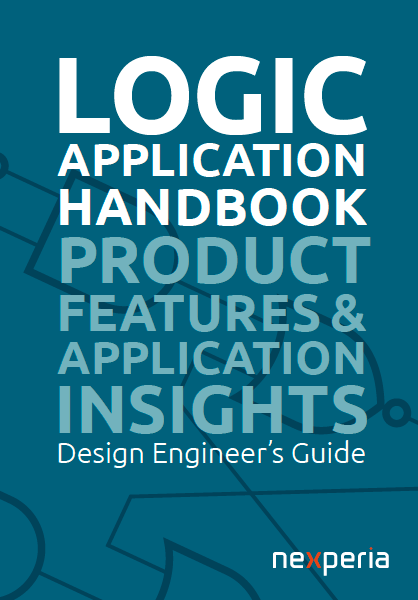尽管逻辑器件自工程师还在使用计算尺时已经大量涌现,但逻辑器件如今仍是许多嵌入式设计的主要器件。当今的系统需要比以往更小、更节能、更便携,这意味着需要管理紧密的布局并处理回路走线,避免可能造成的串扰和信号完整性问题。在很多情况下,使用正确的逻辑器件可以更轻松地处理这些问题,并且有助于优化运行。

专用逻辑器件应用手册
我们非常荣幸发布了Nexperia逻辑器件应用手册。本手册是构建Nexperia技术百科全书的另一个重要里程碑。
本手册专门面向在嵌入式系统中开发和使用电子电路来实现各种应用的应用与设计工程师。当前对分立逻辑器件的需求非常广泛。由于需要考虑系统和电路板设计的众多因素,逻辑器件的使用经常会产生一些仅通过数据手册无法解决的问题和支持要求。为了提供一份紧凑易用的文档,本指南从应用笔记、客户支持经验和通用逻辑器件知识中进行了浓缩提炼,旨在为使用逻辑器件的开发工程师提供支持。
逻辑器件设计工程师指南目录
- "逻辑器件基础和通用逻辑产品特性
- CMOS和BiCMOS逻辑器件的功率考量
- 分立器件的时序详情
- 逻辑器件的接口详情
- 仿真和逻辑产品细分
- 封装
- 车规级品质
- 逻辑器件系列"
如果您希望收到电子版或纸质版的 Logic 申请手册,请填写此表。